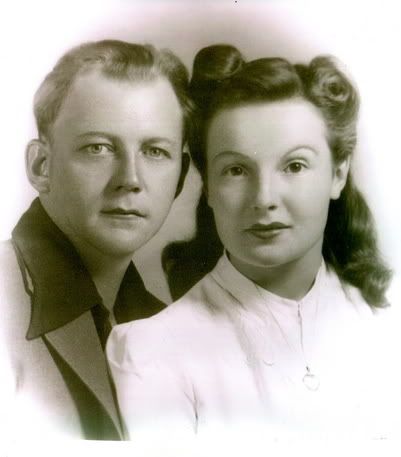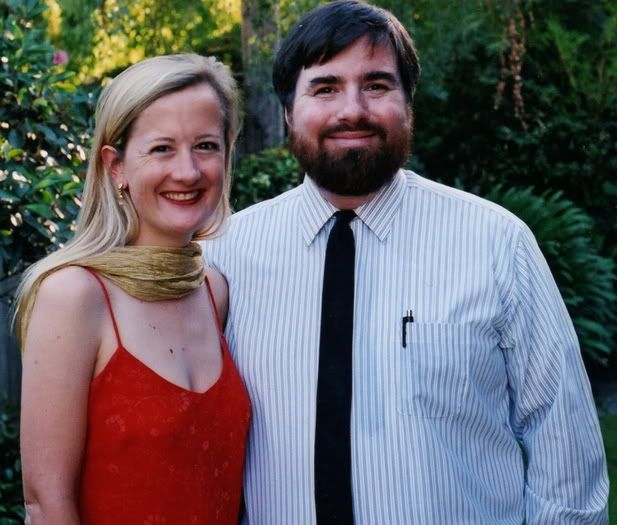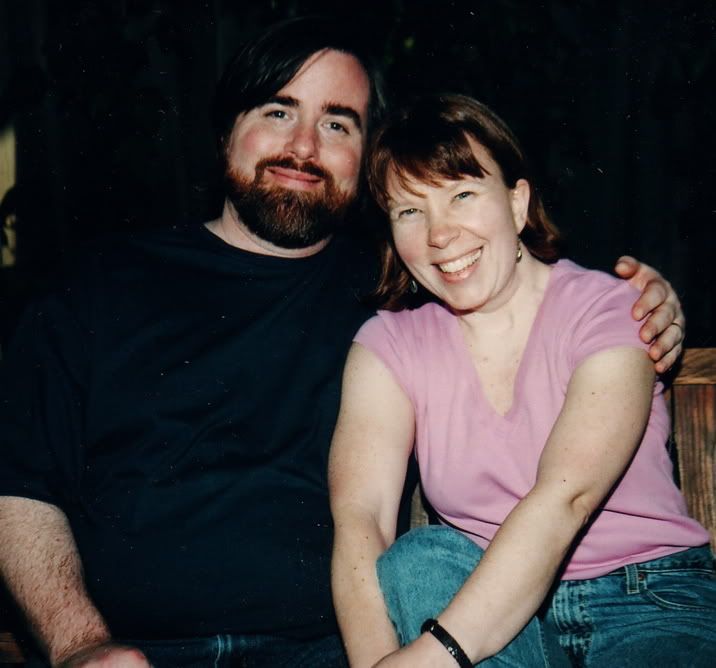 As of Wednesday morning, we have over 195 inches of snow for the year-to-date. That's one inch above the record set in 1964-65. As we have inched closer and closer, overcoming one record at a time --tied for fourth, above fourth, above third -- we have taken to saying, "Hell, we're this close, what's a little more inconvenience? Let's go for the record!" As though it were something that we are doing! Well, we did it. And now, everyone is saying, "OK. Good for us. Now this damn stuff can stop falling."
As of Wednesday morning, we have over 195 inches of snow for the year-to-date. That's one inch above the record set in 1964-65. As we have inched closer and closer, overcoming one record at a time --tied for fourth, above fourth, above third -- we have taken to saying, "Hell, we're this close, what's a little more inconvenience? Let's go for the record!" As though it were something that we are doing! Well, we did it. And now, everyone is saying, "OK. Good for us. Now this damn stuff can stop falling."Yesterday we got snain (wet globes of snow that melt on impact -- too solid to be rain, too pellet-like to be snow), last night rain, and this morning nothing is falling out of the sky. Of course, this rain has changed the conditions of the snow pack, so yesterday they were out on Thane Road with the big guns, causing controlled avalanches, so we don't get any uncontrolled ones. There is still some concern, since we have a lot of what is suddenly unstable snow on the mountains.
You might like to check out SNOW AVALANCHE: their characteristics, forecasting and control by Edward R. LaChapelle, Avalanche Hazard Forecaster, Wasatch National Forest, Utah, U.S. Department of Agriculture, if you are engineering minded.
The commonest technique is artificial release, which brings down avalanches at a chosen safe time and inhibits formation of large avalanches by relieving slopes of their snow burden piecemeal in small ones. Slides on small paths are sometimes intentionally released by skiing, but the preferred method is the detonation of a brisant high explosive on the snow surface close to the expected fracture line. One kilogram of TNT or its equivalent is considered the minimum reliable charge. The charge may be placed by hand, but this can be difficult and is sometimes dangerous. Artillery shells, armed with superquick point detonating fuzes, are much more efficient, for a number of targets can quickly and safely be engaged from a single gun emplacement. Principal disadvantages of artillery are limitations to military or government use and possible damage from shrapnel dispersion. Mortars, light howitzers, and recoilless rifles have all been successfully used for avalanche control; the 75mm recoilless rifle is the most practical weapon for this purpose. Where frequent artificial release is undertaken to protect a ski area or highway, a fixed artillery emplacement permits increased efficiency by blind firing during storms or at night. Artificial release cannot be effectively employed at random. It must be based on accurate appraisal of snow and weather conditions, and careful selection of targets.
 At least we aren't in Anchorage -- they have had such a cold winter that the ground is frozen nine feet down, and the city water pipes are only down ten. The city pipes are still running fine, but the feeder pipes from the city pipes into homes are freezing. And, fire hydrants are popping out of the ground. Now that's something I've never seen, and think I would like to.
At least we aren't in Anchorage -- they have had such a cold winter that the ground is frozen nine feet down, and the city water pipes are only down ten. The city pipes are still running fine, but the feeder pipes from the city pipes into homes are freezing. And, fire hydrants are popping out of the ground. Now that's something I've never seen, and think I would like to.Update on the update. Two days ago, I went out at noon and was having to walk with extra care to keep from slipping on the ice. Today I went out at noon and was taking care not to walk in puddles, because I have a hole in my left boot upper. That's the thing about weather in Alaska -- it can change very suddenly.


















1 comment:
I don't know how you deal with it. Today, it was 75* here, and will be 80*+ tomorrow. That's my speed...LOL
Thanks fot the visit today. I appreciate it!
Post a Comment